How to Revive Your Hair After Damage: A Complete Guide | Professional Repair Tips
Your Journey to Healthy Hair Starts Here: An Introduction to Hair Revival
Staring in the mirror at dull, frizzy, and lifeless hair can be incredibly frustrating. Whether it’s the result of over-processing with color, a reliance on hot tools, or simply environmental stressors, hair damage is a common battle. The good news is that it’s not a life sentence. With the right knowledge and techniques, you can absolutely revive your hair after damage and restore its natural strength, shine, and vitality. This journey requires patience, consistency, and a multi-faceted approach that combines gentle at-home care with targeted professional treatments.

This comprehensive guide is designed to be your ultimate resource for hair repair. We will delve into the science behind hair damage, demystify the products on the shelf, and provide actionable steps you can take starting today. From building a foundational routine of gentle cleansing to harnessing the power of deep conditioning masks and understanding the non-negotiable role of a professional trim, you’ll learn everything you need to know. Consider this your roadmap to transforming brittle, broken strands into the healthy, resilient hair you deserve. Let's begin the process of bringing your hair back to life.
Step 1: Understanding the Enemy – What is Hair Damage?
Before you can effectively treat damaged hair, it’s essential to understand what’s actually happening on a structural level. Each hair strand is protected by an outer layer called the cuticle, which resembles overlapping shingles on a roof. When hair is healthy, these shingles lie flat, creating a smooth, reflective surface that locks in moisture. Hair damage occurs when these shingles become lifted, cracked, or completely stripped away, exposing the inner cortex. This leads to moisture loss, weakness, and that all-too-familiar rough, dull appearance.
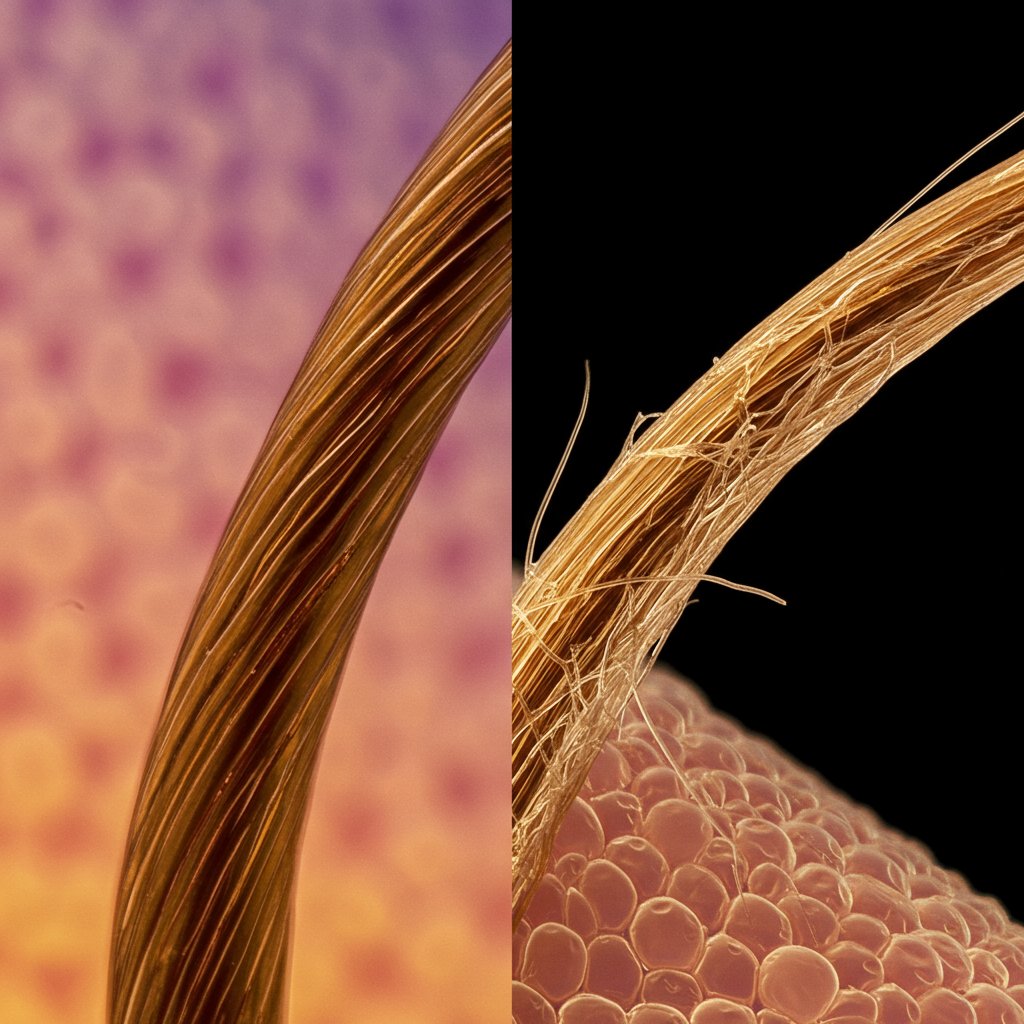
Identifying the Types of Damage
Not all damage is created equal. Pinpointing the source is the first step in creating a targeted repair plan.- Chemical Damage: This is often the most severe type, caused by treatments like bleaching, coloring, perms, and chemical straighteners. These processes aggressively alter the hair's protein structure (keratin bonds), leaving it porous, weak, and prone to extreme breakage.
- Heat Damage: Excessive use of flat irons, curling wands, and blow dryers without proper heat protection can literally cook the proteins in your hair. This results in loss of elasticity, split ends, and a dry, brittle texture that refuses to hold a style.
- Mechanical Damage: This is the wear and tear from daily habits. Rough towel drying, brushing wet hair aggressively, tight hairstyles (like high ponytails or tight braids), and even friction from cotton pillowcases can chip away at the cuticle over time, leading to frizz and breakage.
- Environmental Damage: Sun exposure (UVA/UVB rays), pollution, hard water minerals, and chlorine from swimming pools can all contribute to oxidative stress that weakens hair, fades color, and creates dryness.
Step 2: The Foundation – Gentle Cleansing & Conditioning
The road to reviving damaged hair begins with the most basic step: how you wash it. Aggressive cleansing can strip away what little natural oil your hair has left, exacerbating dryness and fragility. It's time to rethink your shower routine and treat your hair with the gentle care it needs to heal. This foundational step sets the stage for all other treatments to be more effective, creating a clean yet moisturized canvas for repair.

Focus on using lukewarm water instead of hot, as high temperatures can lift the cuticle further and strip moisture. When shampooing, concentrate the product on your scalp where oil and product buildup are most prevalent. Allow the suds to gently run down the lengths of your hair as you rinse, which is often sufficient to clean them without causing unnecessary friction or dryness. This simple shift in technique can make a significant difference in preserving the integrity of your fragile strands.
Choosing the Right Products
- Sulfate-Free Shampoos: Sulfates are harsh detergents that create a satisfying lather but can be incredibly stripping for damaged hair. Switch to a sulfate-free, moisturizing shampoo that cleanses gently without compromising your hair's natural moisture barrier. Look for ingredients like glycerin, aloe vera, and natural oils.
- The Art of Conditioning: Conditioner is your best friend. After shampooing, gently squeeze excess water from your hair and apply a generous amount of hydrating conditioner from the mid-lengths to the ends, where hair is the oldest and most damaged. Use a wide-tooth comb to gently distribute the product and detangle before rinsing. This ensures every strand gets coated and helps seal the cuticle.
Step 3: The Power of Deep Conditioning & Hair Masks
If gentle cleansing is the foundation, deep conditioning is the primary framework for reconstruction. To truly revive your hair after damage, you need to infuse it with concentrated ingredients that penetrate deeper than a daily conditioner can. This is where weekly hair masks and deep conditioning treatments come in. These intensive therapies are formulated to restore moisture, repair protein bonds, and improve elasticity, making your hair more resilient against future breakage.
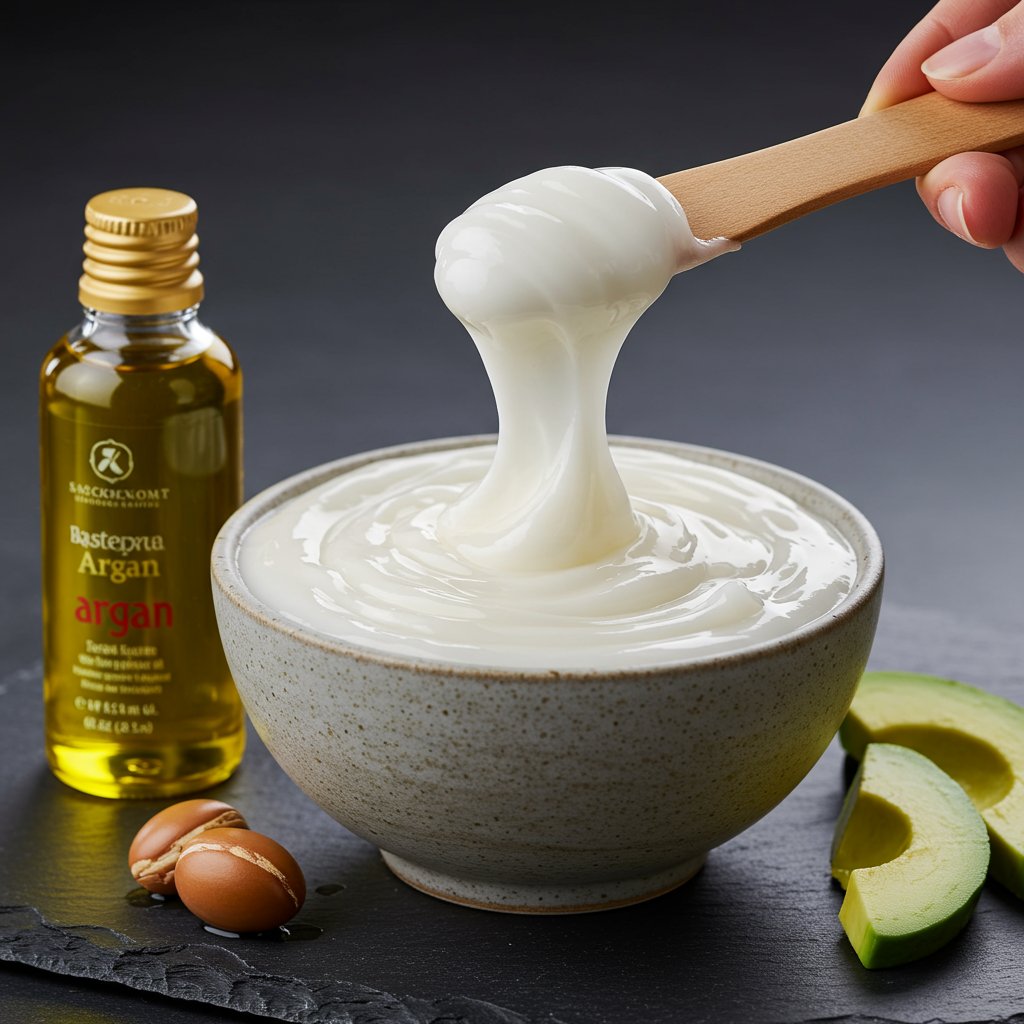
Consistency is key. Aim to use a hair mask at least once a week. Apply it to clean, damp hair, and leave it on for the recommended time—often anywhere from 10 to 30 minutes. For an extra boost, cover your hair with a shower cap and apply gentle heat with a blow dryer or a warm towel. The heat helps to open the hair cuticle, allowing the treatment to penetrate more deeply and work its magic on the inner cortex of the hair strand.
Moisture vs. Protein: What Your Hair Needs
It’s crucial to understand the balance between moisture and protein. Giving your hair the wrong one can make problems worse.- Moisture Masks: If your hair feels dry, brittle, rough, and snaps easily when dry, it's thirsty for moisture. Look for masks with ingredients like hyaluronic acid, shea butter, argan oil, and avocado oil. These replenish hydration and improve elasticity.
- Protein Treatments: If your hair feels mushy, overly soft, or gummy when wet, and stretches excessively before breaking, it lacks structure and needs protein. These treatments rebuild the keratin that has been broken down by chemical or heat damage. Look for ingredients like keratin, amino acids, and hydrolyzed wheat or silk proteins. Be careful not to overdo protein, as it can lead to stiffness and breakage—a good rule of thumb is to use a protein treatment once or twice a month, alternating with your regular moisture mask.
Step 4: Elevate Your At-Home Care Routine
What you do after you step out of the shower is just as important as what you do in it. Damaged hair is incredibly vulnerable, especially when wet. Your daily styling and handling habits can either support the healing process or contribute to further damage. Adopting a gentle and protective post-wash routine is a non-negotiable part of your hair revival strategy.
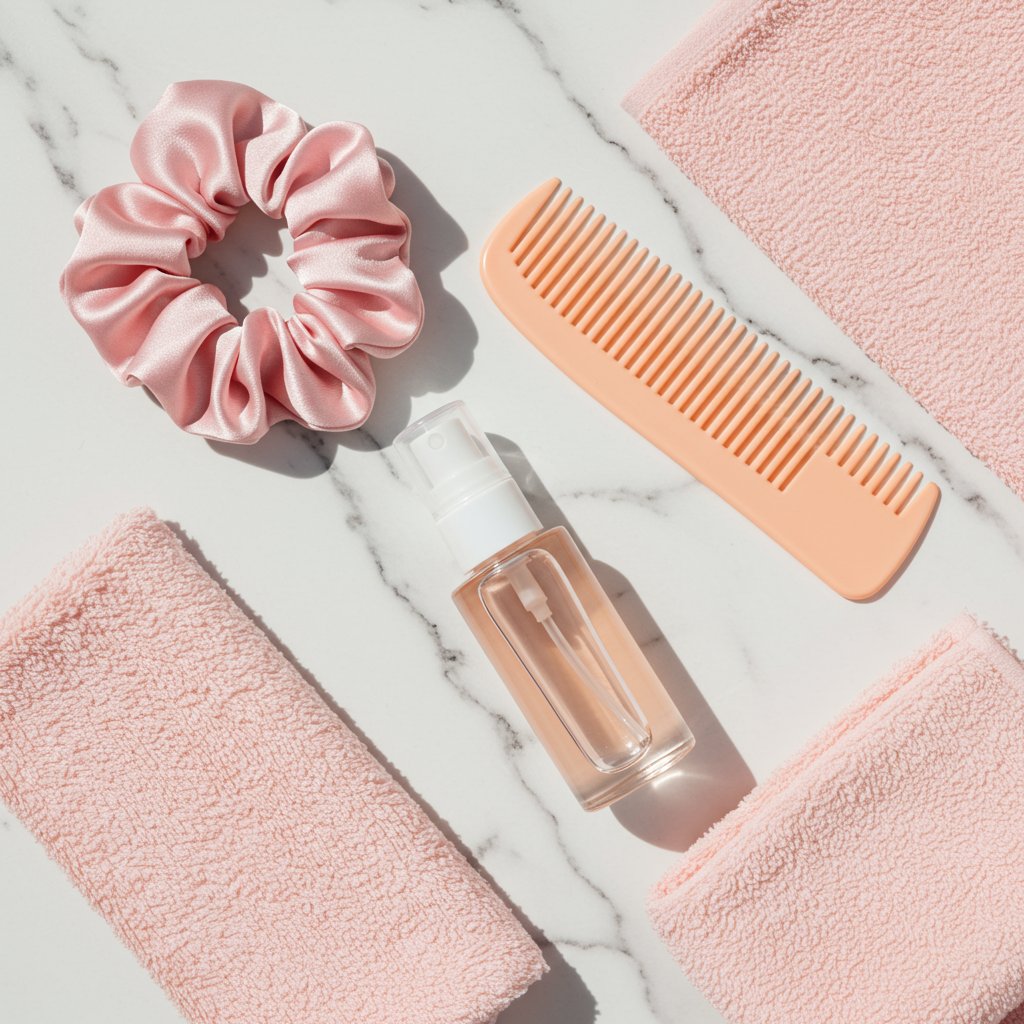
Start by swapping your rough cotton towel for a soft microfiber towel or an old cotton t-shirt. Instead of rubbing your hair vigorously, gently blot and squeeze the excess water out. This simple change drastically reduces friction and prevents the cuticle from being roughed up, minimizing frizz and breakage. When it comes to detangling, always use a wide-tooth comb or your fingers, starting from the ends and working your way up to the roots. Never rip or pull through knots, as this will cause the hair to snap at its weakest points.
Leave-Ins, Serums, and Oils: Your Daily Armor
- Leave-In Conditioner: This is a critical step for damaged hair. A good leave-in conditioner provides a lasting layer of moisture, helps with detangling, and protects your hair from environmental stressors throughout the day.
- Hair Oils and Serums: These products are excellent for sealing the cuticle and adding a final layer of protection and shine. Apply a small amount primarily to the ends of your hair to lock in moisture, tame frizz, and protect against humidity. Look for lightweight oils like argan, jojoba, or grapeseed oil that won't weigh your hair down.
- Silk Pillowcases: Upgrade your sleep routine by switching to a silk or satin pillowcase. The smooth surface reduces friction overnight, meaning less frizz, fewer tangles, and less mechanical damage while you sleep.
Step 5: Prevention is Key – Minimizing Future Damage
You can't fully revive your hair if you continue the habits that caused the damage in the first place. This step is all about adopting a defensive strategy to protect your hair as it heals and to maintain its health long-term. This means being mindful of heat styling, protective styling, and even your diet.
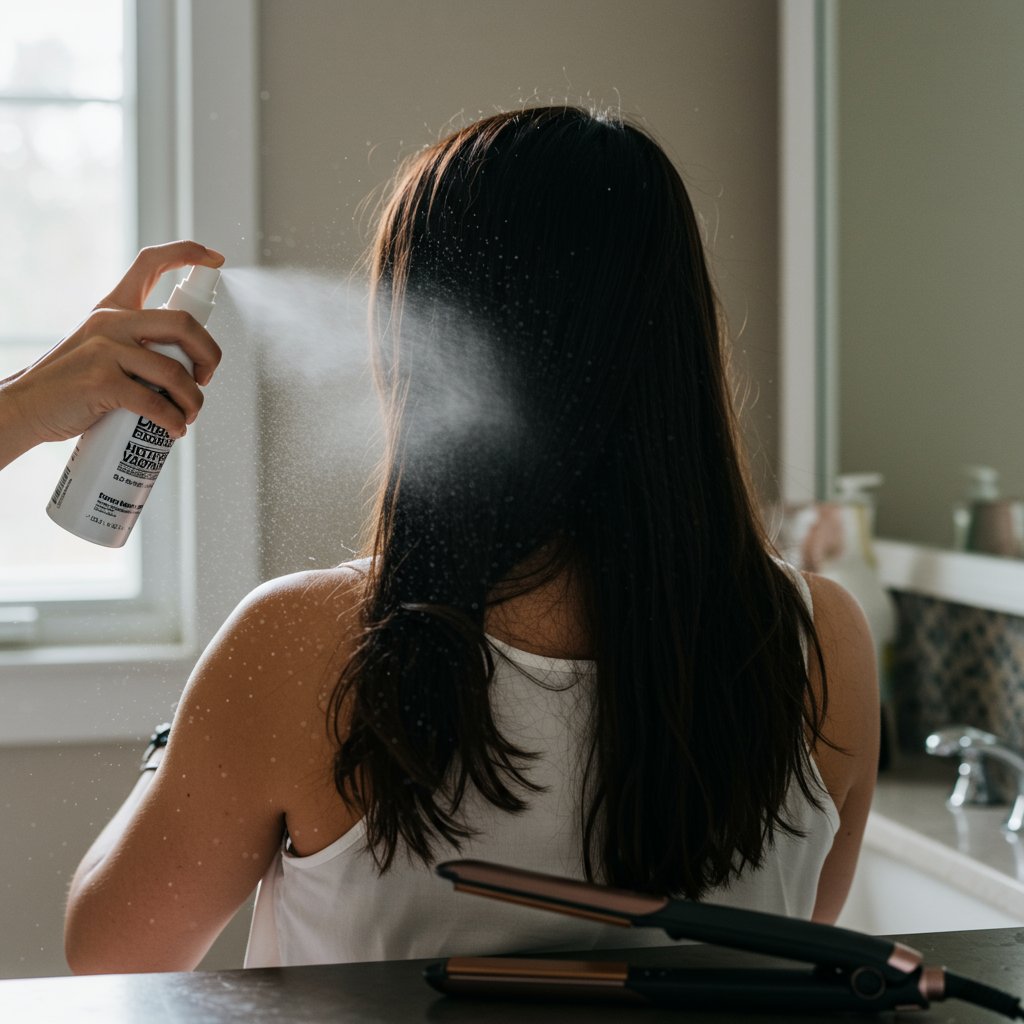
Heat styling is one of the biggest culprits. If you can't give it up entirely, you must modify your approach. First, always apply a high-quality heat protectant spray evenly throughout your hair before any hot tool touches it. This creates a barrier that minimizes moisture loss and damage. Second, turn down the temperature. Most hair types do not require the maximum heat setting; aim for a medium setting (below 350°F or 175°C) and only pass over each section of hair once or twice.
Smart Styling and Lifestyle Choices
- Protective Hairstyles: Give your hair a break from constant styling by opting for loose, protective styles. Gentle options like loose braids, low buns secured with silk scrunchies, or simple twists can protect your ends from friction and prevent mechanical stress.
- Diet and Hydration: Hair health starts from within. Ensure your diet is rich in proteins, vitamins, and minerals that support hair growth and strength. Foods like eggs, fish, nuts, spinach, and avocados provide essential nutrients like biotin, iron, and omega-3 fatty acids. Drinking plenty of water is also crucial for overall hydration, which extends to your hair and scalp.
Step 6: The Role of Professional Salon Treatments
While at-home care is the foundation of daily maintenance, professional salon treatments offer a level of repair that is difficult to achieve on your own. Experienced stylists have access to potent, concentrated formulas and technologies designed to target severe damage at a molecular level. Investing in a professional treatment is like taking your hair to the emergency room for intensive care, providing a significant boost to your revival efforts.

A consultation with a trusted stylist is invaluable. They can accurately assess the type and extent of your hair damage and recommend a specific treatment plan tailored to your needs. They can distinguish between hair that desperately needs protein and hair that is simply dehydrated, ensuring you receive the most effective therapy. These in-salon services can dramatically improve your hair's condition, making your at-home routine more effective and bridging the gap between damaged strands and healthy growth.
High-Impact In-Salon Solutions
- Bond-Building Treatments: Services like Olaplex, K18, or other salon-exclusive bond-multipliers are revolutionary for chemically damaged hair. They work internally to find and re-link the broken disulfide bonds that make up the hair's core structure, fundamentally repairing it from the inside out.
- Professional Deep Conditioning and Glosses: Salons offer conditioning treatments that are far more potent than at-home masks. A hair gloss or glaze treatment can also be beneficial, as it coats the hair shaft, sealing the cuticle, adding immense shine, and providing a temporary layer of protection.
Step 7: The Necessary Step – Getting a Regular Trim
This may be the hardest piece of advice for those clinging to length, but it is arguably the most important. You cannot repair split ends. Once a hair strand splits, the only solution is to cut it off. Ignoring split ends allows the split to travel further up the hair shaft, causing more breakage and creating thin, wispy ends. A regular trim is not a setback; it's an essential part of any plan to revive your hair after damage.
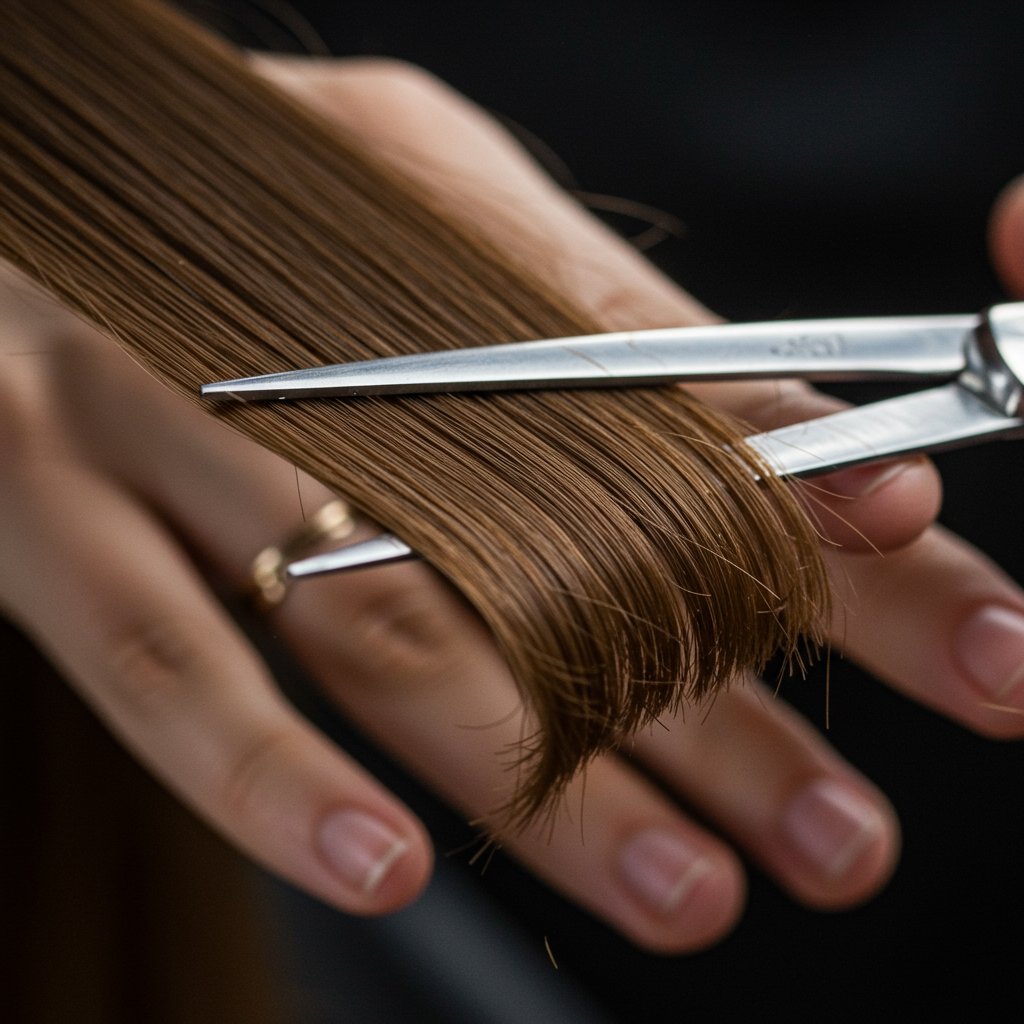
Getting trims every 6-8 weeks removes the damaged ends, preventing further breakage and allowing the healthier hair to grow in stronger. It instantly makes your hair look thicker, fuller, and more polished. Think of it as pruning a plant; you remove the dead ends to encourage healthy, vibrant new growth. A good stylist will only take off what is necessary, preserving as much length as possible while ensuring all the damage is removed. This single step is the fastest way to improve the overall look and feel of your hair.
Quick Tips for Hair Revival
- Use a wide-tooth comb on wet hair, never a brush.
- Sleep on a silk or satin pillowcase to reduce friction.
- Never skip heat protectant before using any hot tools.
- Incorporate a weekly hair mask into your routine.
- Focus shampoo on the scalp and conditioner on the ends.
- Drink plenty of water and eat a balanced, nutrient-rich diet.
- Avoid tight hairstyles that pull on the scalp and hair shaft.
- Protect your hair from the sun with a hat or UV protectant spray.
Frequently Asked Questions (FAQ)
1. Can you truly reverse hair damage completely?
While you can't magically fuse a split end back together, you can significantly improve the health, appearance, and strength of damaged hair. Bond-building treatments can repair the hair's internal structure, while conditioning and proper care can seal the cuticle. However, the most damaged parts, especially the ends, often need to be trimmed off to allow for healthy new growth.2. How long does it take to revive damaged hair?
Hair revival is a marathon, not a sprint. You may notice an immediate improvement in softness and manageability after a deep conditioning treatment, but significant, lasting change takes time and consistency. Depending on the severity of the damage, it can take several months of dedicated care to see a major transformation as healthier hair grows out.3. Will cutting my hair make it grow faster?
This is a common myth. Cutting your hair doesn't affect the rate of growth from the scalp. However, it does make your hair appear to grow faster and healthier because you are removing the split ends that would otherwise break off, which makes it seem like your hair is stuck at one length.4. How often should I wash damaged hair?
This varies by hair type, but generally, washing less is more for damaged hair. Aim for 2-3 times per week. Over-washing can strip the hair of its natural oils, which are essential for protecting and moisturizing fragile strands. On off-days, you can use a quality dry shampoo at the roots if needed.5. Are DIY hair masks (like avocado or egg) effective?
DIY masks can be beneficial for providing surface-level moisture and shine. Ingredients like avocado, coconut oil, and honey have moisturizing properties. However, they lack the scientifically formulated, smaller molecules found in professional products that are designed to penetrate the hair shaft for deeper, more structural repair. They can be a nice supplement, but shouldn't replace targeted treatments for severe damage.Conclusion: Embrace the Journey to Healthy Hair
Reviving your hair after damage is a journey of patience, dedication, and gentle care. It requires a holistic approach that addresses past mistakes while building a future of healthy habits. By understanding the nature of your hair's damage, adopting a foundational routine of gentle cleansing, harnessing the power of intensive masks, and embracing preventive measures, you are taking control of your hair's health. Remember to combine your diligent at-home efforts with the expertise of professional stylists and the power of in-salon treatments for the best results.
Don't be discouraged if progress feels slow. Every healthy choice you make, from switching to a silk pillowcase to scheduling that much-needed trim, is a step in the right direction. Celebrate the small victories—the increased shine, the softer texture, the reduced breakage—and know that you are on the right path to restoring your hair to its strongest, most beautiful state.


